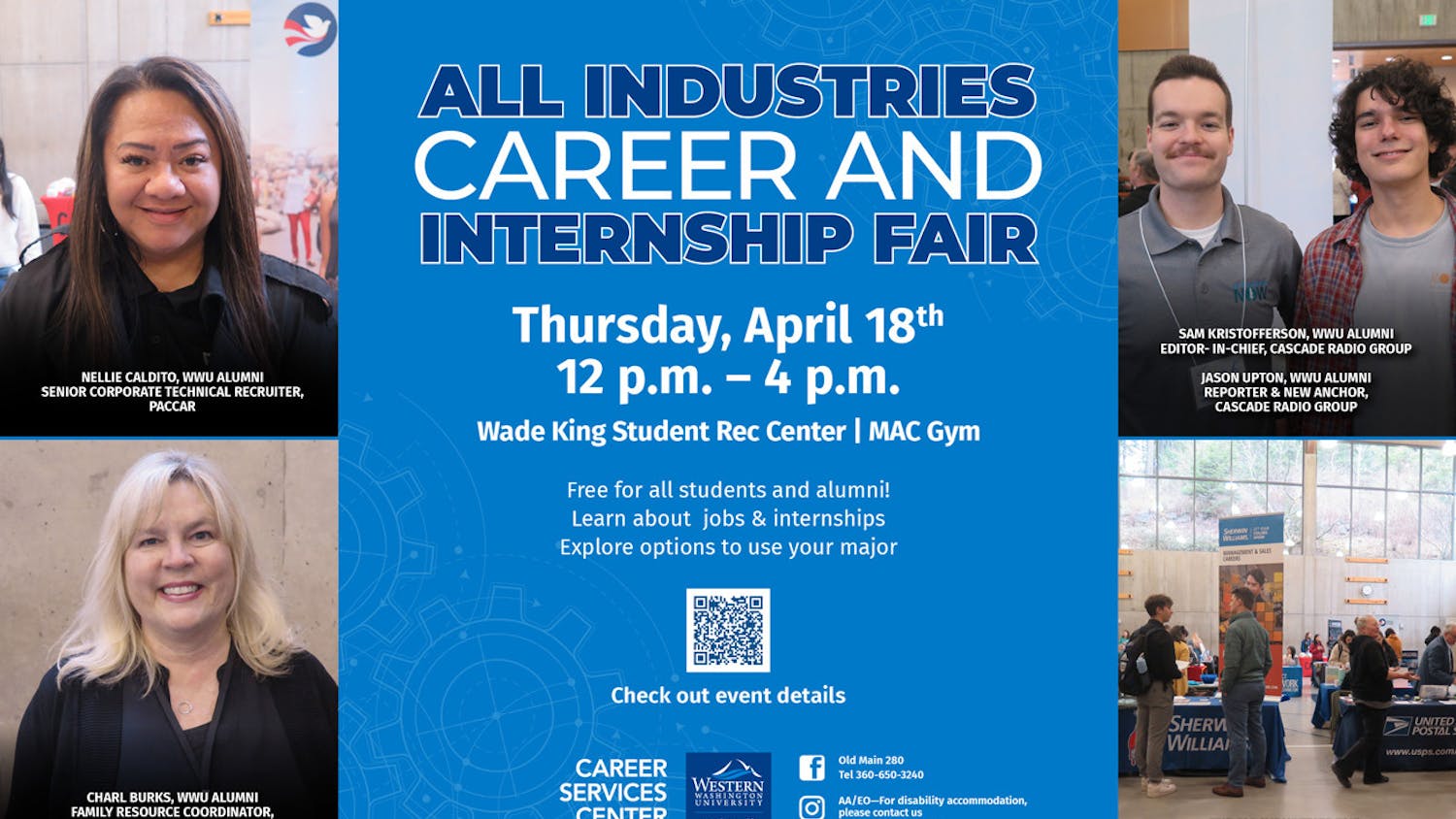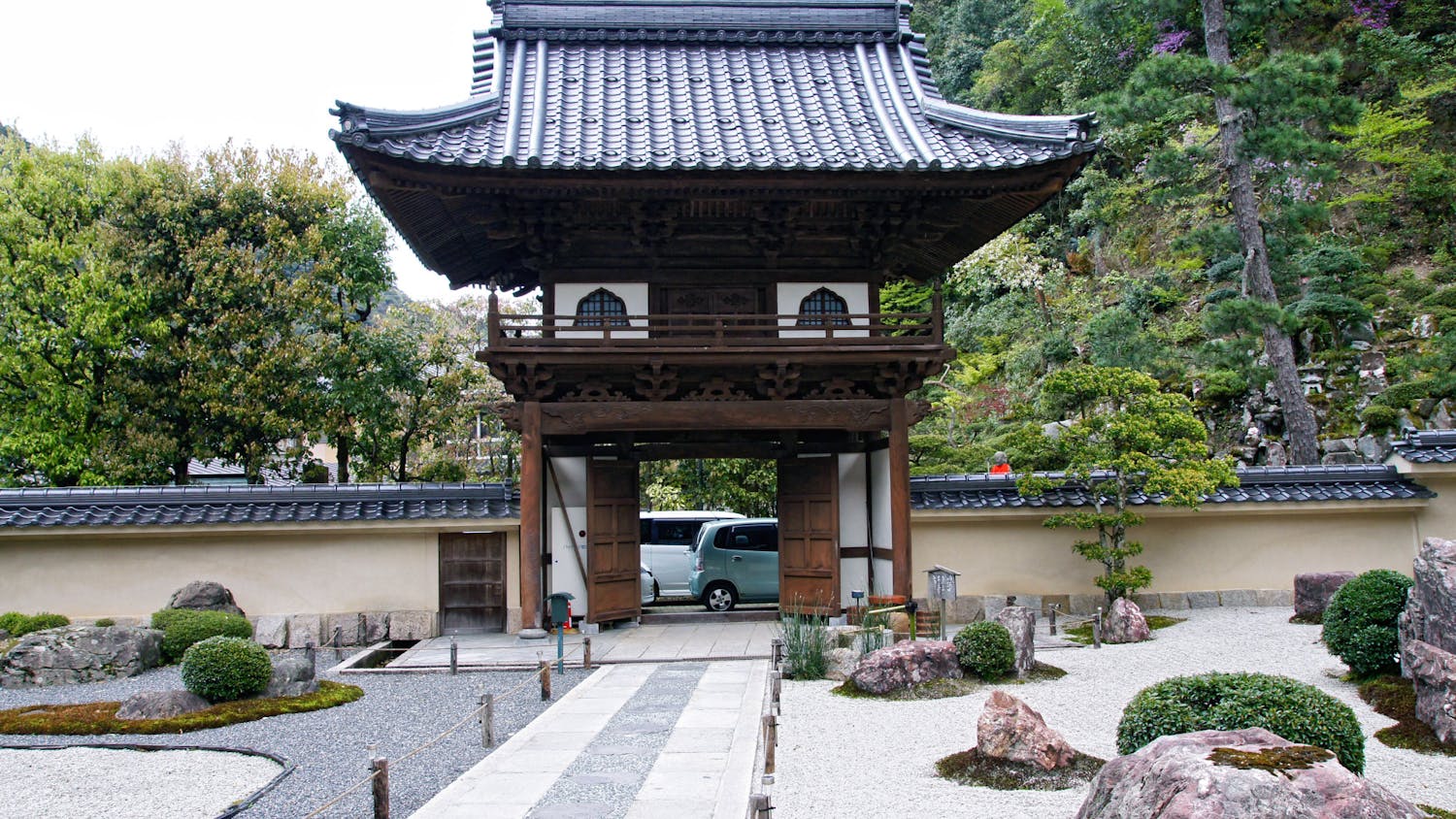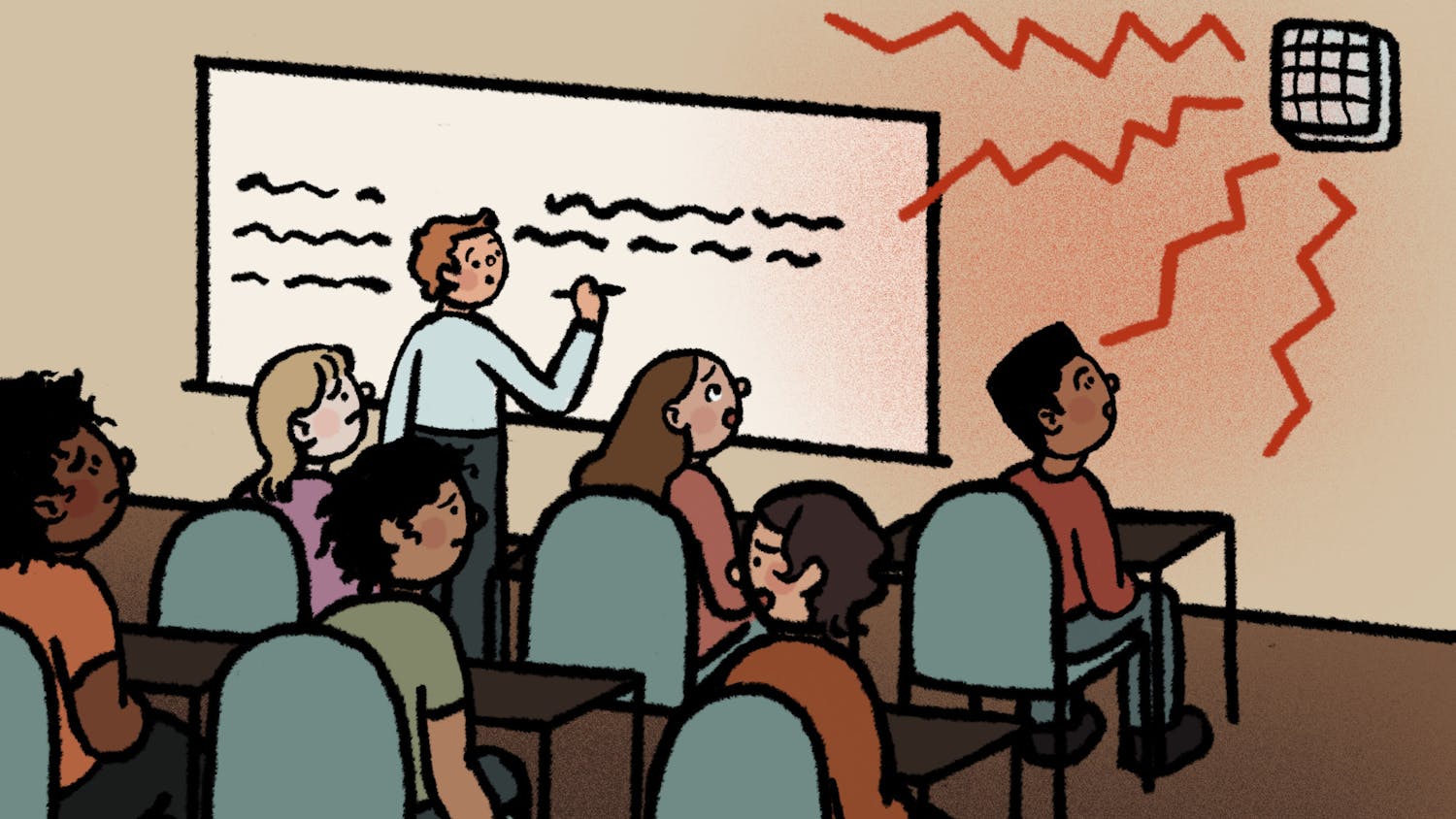Sustainability is a long-term goal of Western’s facilities. Robust compost and recycling services are available, and campus is littered with fill-up stations for reusable water bottles.
But what can you do with non-reusable plastic bottles? One club on campus is working to develop a way to melt down plastic bottles into filament that can be used in 3D printing.
Senior Nick Wisner, chapter president of the Society of Plastic Engineers, spoke about the club’s mission and goals.
“Last quarter we collected materials, worked on the cleaning process [and] shredded a bunch of material into pellets that we can extrude,” Wisner said.
The 3D printers on campus are extrusion printers, which means melted plastic is carefully applied to a surface, like frosting a cake, through a computer-driven nozzle and then solidified into a durable, solid piece of plastic, Wisner said.
The goal of the project is to turn old water bottles into a filament that any extrusion printer around campus can use. Companies have already successfully printed with recycled plastic before, but the goal of the club is to create cheaper printing all around campus, Wisner said.
“We believe there is a demand for this,” he said. “And we think that if we can recycle materials on campus into usable 3D printing filament that’s safe to print in a not closed-off environment, this will be something that everyone on campus will be interested in.”
A few buildings on campus already have 3D printers and could utilize a cheaper source of plastic, Wisner said.
Wisner said work on the project has been slow but methodical. The club has to work closely with Bellingham recycling facilities.
Members of the club are already going around campus looking for plastic bottles to collect. The club uses #1 bottles, which denotes what plastic the bottle is made of and can be seen by a number one on the label, Wisner said.
Some students on campus are excited at the prospect of 3D printing becoming more accessible.
Junior Ryan Everett is especially excited about the project.
“It’s a really good idea,” Everett said. “One, to reduce the amount of plastic at landfills and ending up in the ocean. It’s being used for learning purposes, so it’s two good things in one.”
Freshman Brandon Stott said he is optimistic about the sustainability and environmental side of this project.
“I’d say that [it’s] a reasonable source for your materials,” Stout said. “If it’s recycled material, then that’d be better than someone going out and creating new materials for this instead [of] using what we already have.”





